These are the Hoshinsul (self-defense techniques) I teach in the white belt curriculum.
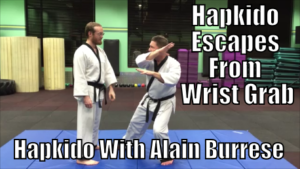
These five escapes teach more than just how to get out of a wrist grab. It is part of learning the art, as well as starting to learn certain body movements and weight shifts.
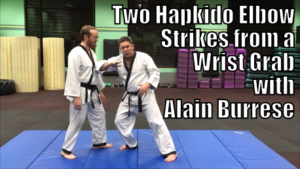
These are the first two of five striking techniques found in the white belt curriculum.
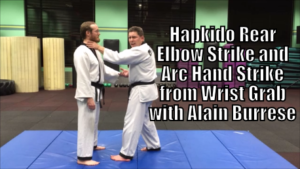
The second two striking techniques out of the five taught in the white belt hoshinsul curriculum.

The final striking technique taught in the basic set to white belts.
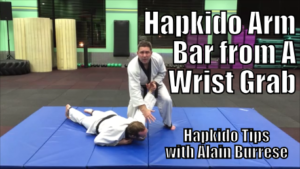
The Hapkido Arm Bar is the first joint lock technique taught at this level. We usually call it an arm bar, or simply joint lock number one.
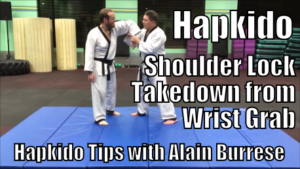
Joint Lock number two in the set is a shoulder lock. Remember to think of a glass of water and it can help you execute this technique.

Technique number three of this joint lock set is an elbow or arm bar type technique. It is the technique that Ben Baker uses to drive the guy’s head into the truck in the novel Lost Conscience: A Ben Baker Sniper Novel.
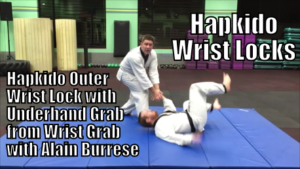
This is a different version of the outer wrist lock than many teach initially. I teach is first because that’s how I learned them in Korea. Obviously, it is just one of a number of ways to do an outer wrist lock.
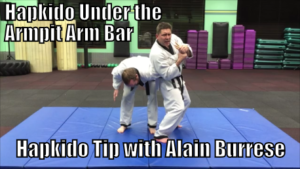
When I first learned this joint lock (number 5) as a white belt in Korea, we took it all the way to the ground. On one of my trips back, my instructor had stopped having white belts go to the ground due to injuries. I followed his lead and wait till students are better at falling and have more control before teaching the full take down.

Joint lock number six for white belts involves locking both the wrist and the shoulder to take the person to the ground.

Joint lock number seven is one of my favorites. I’ve used this to escort people out of places and it was also the lock pictured on my first video with Paladin Press, Hapkido Hoshinsul.

Joint lock number eight is a different kind of chicken wing technique. Remember to drive the person down, rather than out.
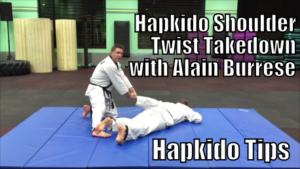
For joint lock number nine, it is a combination of twisting the arm to lock up the shoulder, pulling the person off balance and down, and tripping him with your leg that puts the person down.
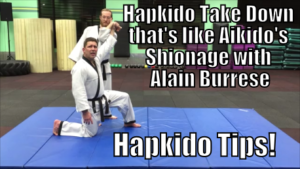
This is another technique that is common, and done in different ways. For our joint lock number ten, we start from a same side wrist grab and then go from there.
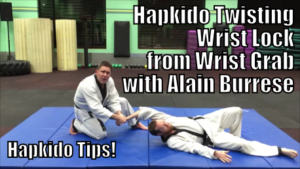
Joint lock number eleven in our curriculum. One of the keys is keeping the hands in front of you, and not bringing them over your head.
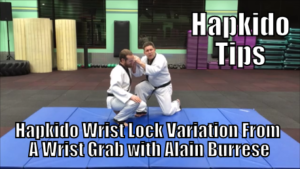
Joint lock number twelve was not one I learned in Korea with the KHF curriculum, but rather one I added to make an even 30 hoshinsul techniques for white belts.
